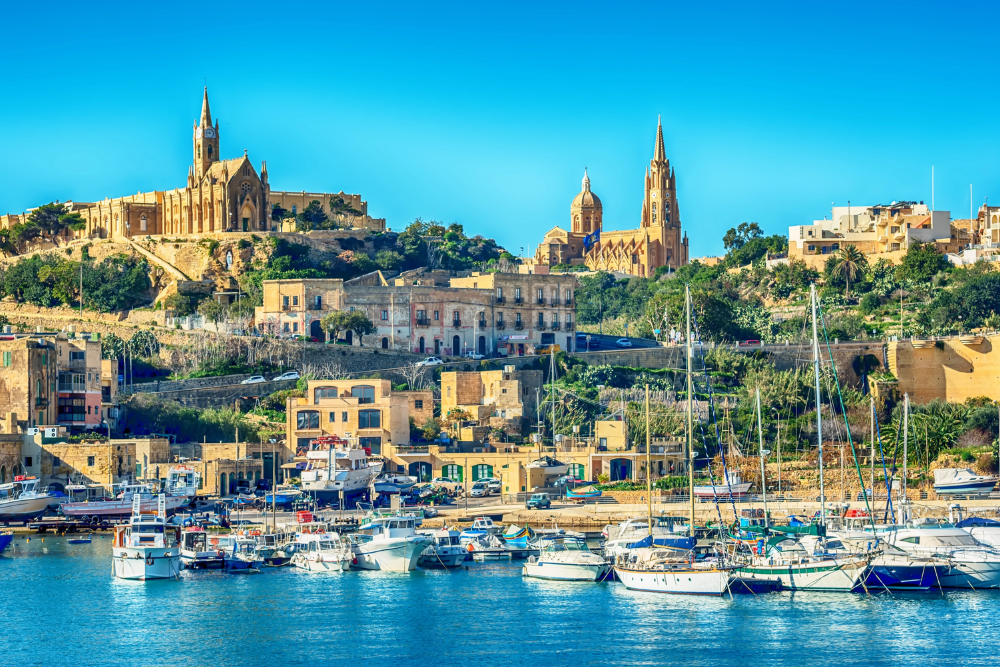Introduction
Mgarr is a beguiling town situated on the northwest shoreline of Malta, known for its provincial feeling, customary Maltese culture, and farming legacy. The town is encircled by moving open country and is popular for its grand grape plantations, olive forests, and farmlands. Mgarr is likewise a passage to a portion of Malta’s most lovely normal locales, including the Brilliant Inlet and Gnejna Narrows sea shores, which deal dazzling perspectives on the Mediterranean Ocean. The region is saturated with history, with the close by Ta’ hagrat Sanctuaries, an UNESCO World Legacy Site, tracing all the way back to the Neolithic time frame. Mgarr’s natural air and scrumptious nearby food, particularly its hare dishes, make it an ideal objective for those looking for a quiet and true Maltese experience.
Ta’ Hagrat Temples
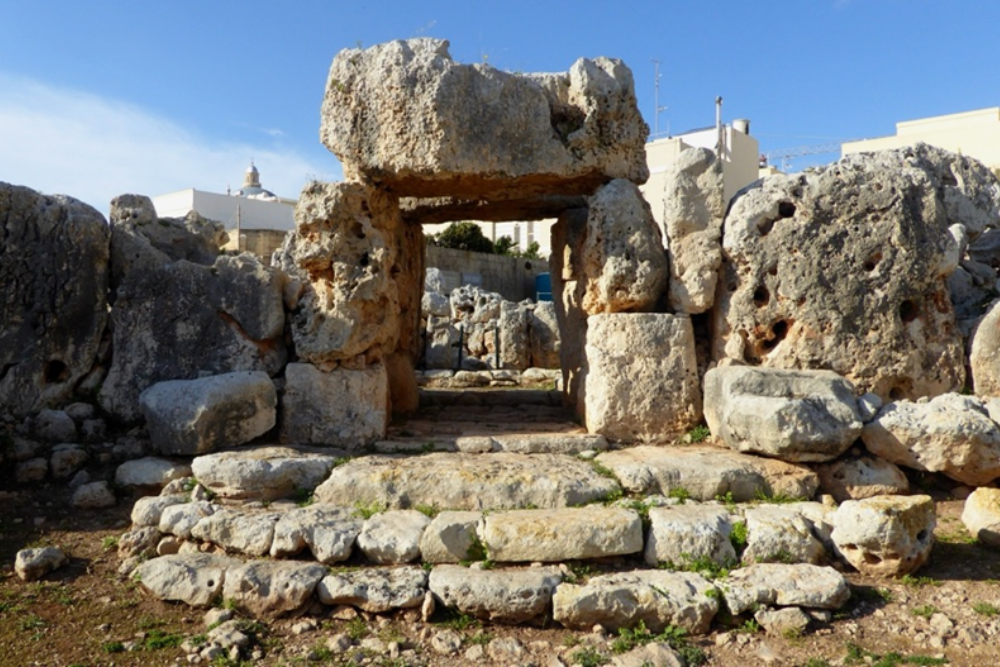
- An UNESCO World Legacy Site, these old massive sanctuaries date back to around 3600-3200 BCE. It’s an entrancing spot to investigate Malta’s ancient past.
- Visit the close by Skorba Sanctuaries for a more profound jump into Malta’s Neolithic history.
Golden Bay
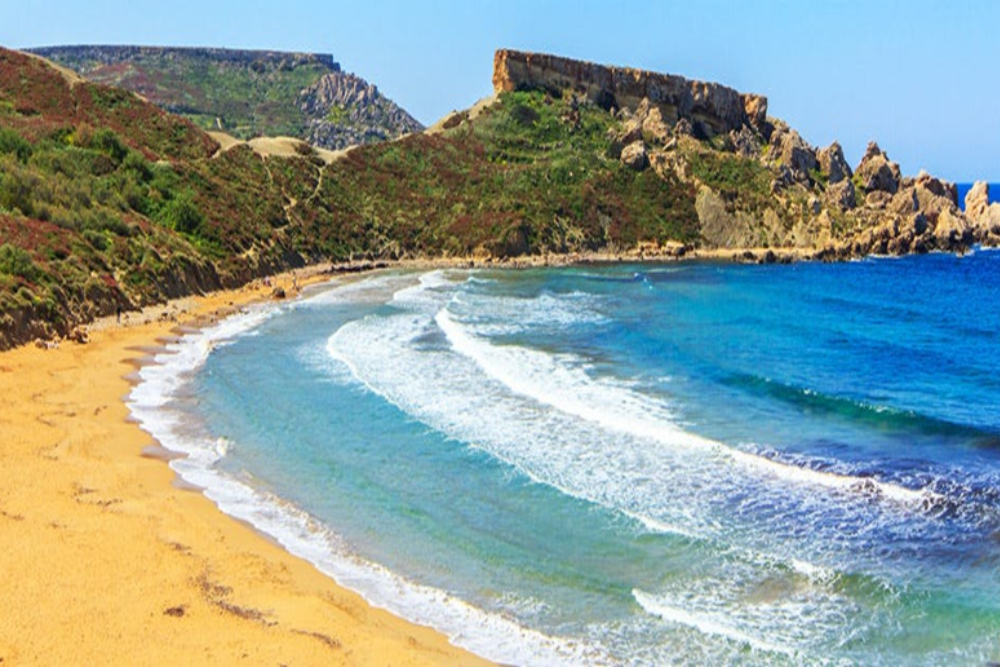
- Perhaps of Malta’s most well-known sandy ocean side, offering completely clear waters and dazzling nightfall.
- Take part in water sports like fly skiing, paddle boarding, or parasailing for some rush.
Fomm ir-Rih
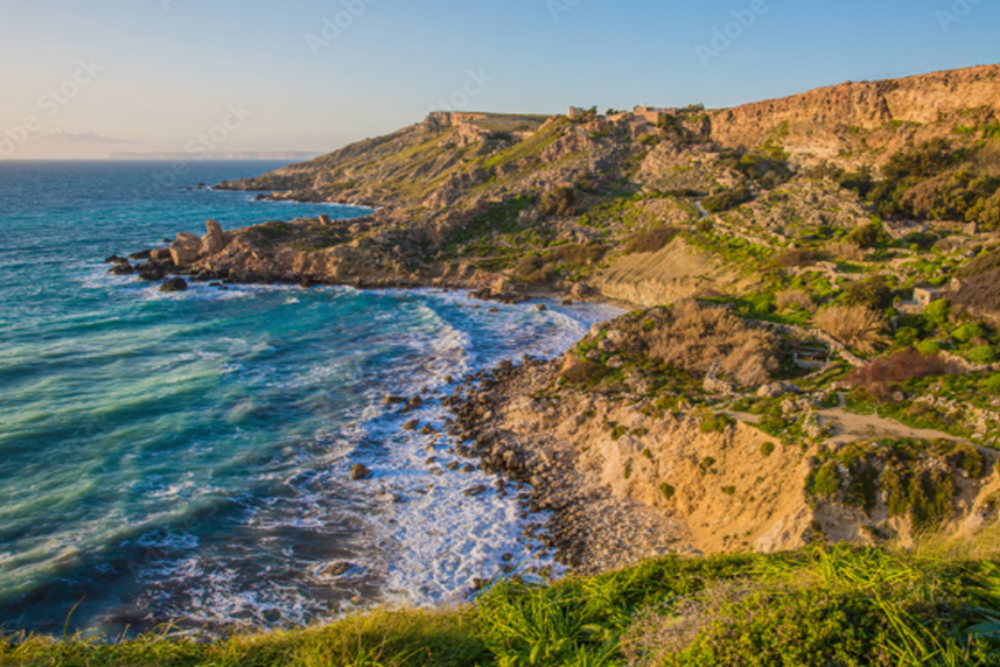
- A remote sound with a pebbly ocean side, ideal for climbing and photography. The encompassing precipices give amazing all-encompassing perspectives on the Mediterranean.
- Set out on the waterfront climb from Mgarr to Fomm ir-Rih for a difficult experience with stupendous perspectives.
Lippija Tower
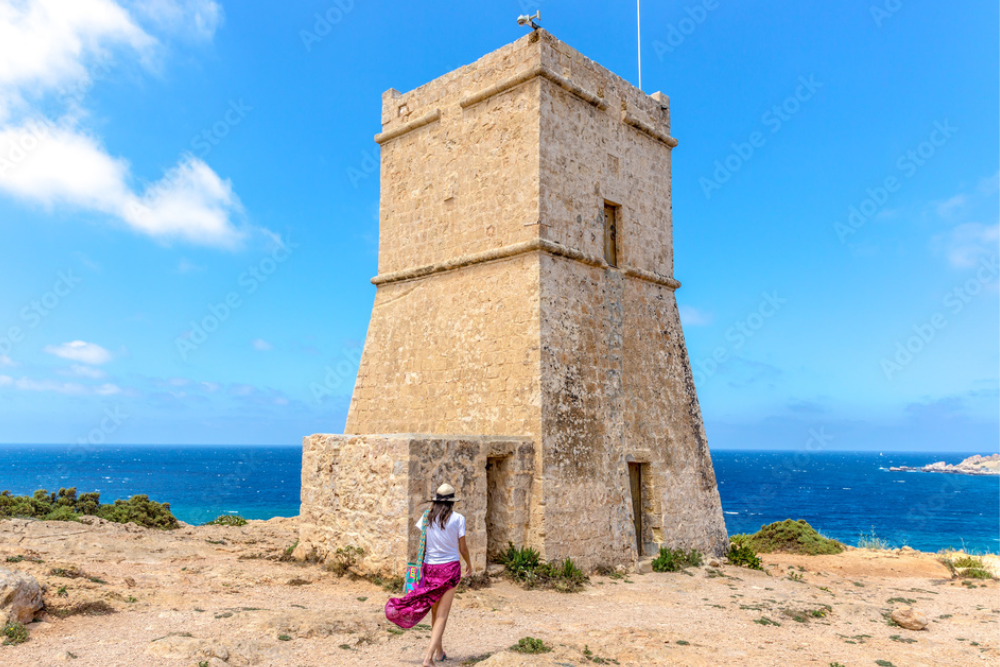
- A seventeenth century lookout that offers understanding into Malta’s tactical history. It gives incredible perspectives over the encompassing scene and ocean.
- Climb the rough territory around the pinnacle for a novel perspective of Malta’s shore.
Mgarr Parish Church (Church of St. Mary)
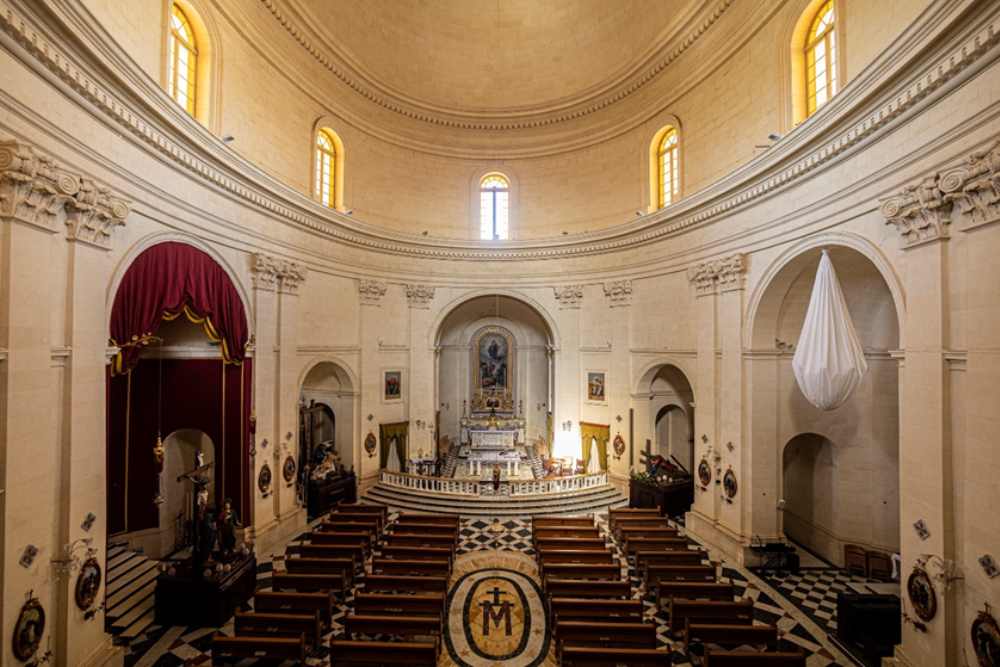
- This noteworthy Florid style church, worked in the mid twentieth hundred years, is a nearby structural jewel and a critical piece of Mgarr’s people group.
- Visit during the gala of St. Mary (in August) for an energetic nearby celebration loaded up with food, music, and firecrackers.
Ta Lippija Walks
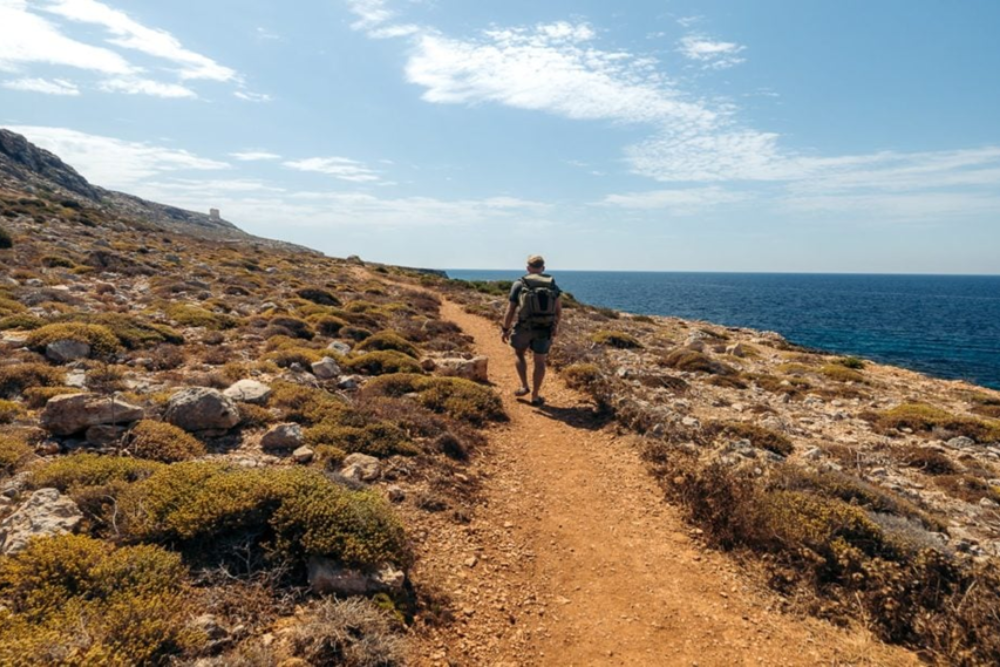
- Find Mgarr’s beautiful wide open with strolling or cycling trails around Ta’ Lippija, offering perspectives on both country and seaside scenes.
- Trip towards Bingemma Slope to encounter shocking scenes and remains of old strongholds.
Victoria Lines

- A notable guard line extending across Malta, with parts going through Mgarr. It offers a verifiable investigation as well as incredible climbing open doors.
- Follow the climbing trail along the Victoria Lines for amazing perspectives on the island and the ocean.
Local Wineries
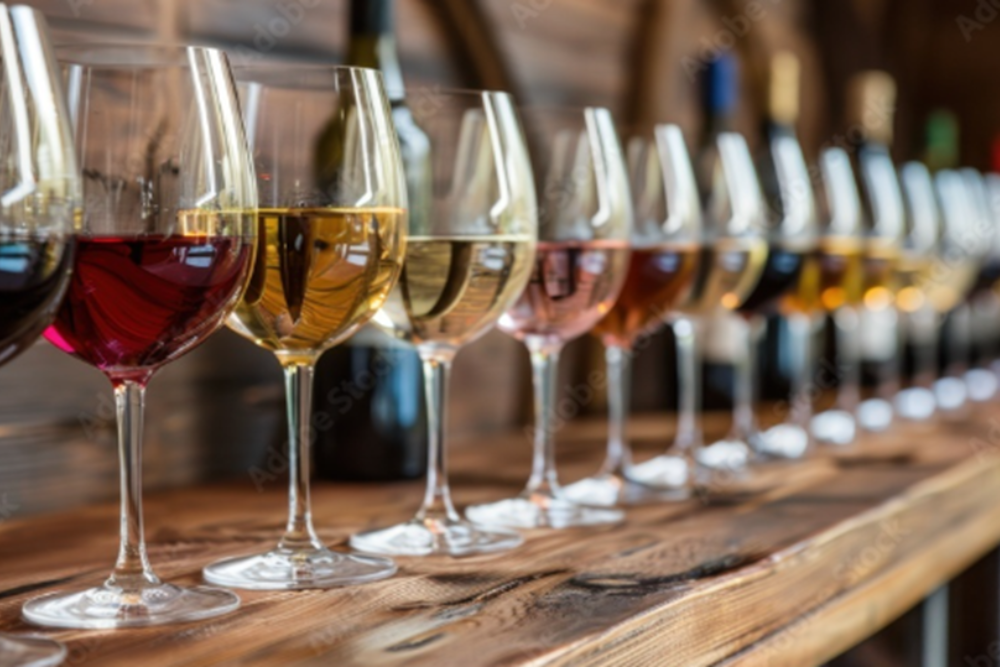
- Mgarr is encircled by grape plantations, and visiting neighborhood wineries gives an opportunity to taste Malta’s interesting wines and find out about the wine-production process.
- Book a wine sampling visit joined with a visit through the grape plantations for an unwinding however improving experience.
Horse Riding at Golden Bay

- For an alternate sort of experience, experience horse riding along the sea shores or through the Maltese open country.
- Take a night horse-riding visit for a mysterious involvement in a dusk view.
Do and Don’ts in Mgarr
While visiting Mgarr, Malta, it’s vital to regard neighborhood customs, customs, and the indigenous habitat. Here is a useful rundown of Do’s and Don’ts to guarantee a deferential and pleasant visit:
Dos
- Do Explore Historical Sites: Visit places like the Ta’ Hagrat Sanctuaries and regard the meaning of these old milestones. Adhere to signage and rules.
- Do Respect Local Culture: Mgarr is a customary Maltese town with well established traditions. Be deferential of the neighborhood lifestyle, particularly during strict occasions like the banquet of St. Mary.
- Do Try Local Cuisine: Mgarr is known for its bunny dishes (fenkata). Make certain to attempt this neighborhood specialty at a customary Maltese café.
Don’ts
- Don’t Litter: Keep sea shores, climbing trails, and verifiable locales clean. Littering is unsafe to the climate and impolite to the neighborhood local area.
- Don’t Trespass: Regard private property and farmlands. Numerous regions in Mgarr are farming, and it is precluded to enter without authorization.
- Don’t Ignore Local Customs: During strict celebrations or occasions, be aware of the practices and keep away from clearly or troublesome way of behaving.
Best time to reach in Mgarr
The best opportunity to visit Mgarr, Malta, relies upon the sort of involvement you’re chasing. Here is a breakdown of the various seasons to assist you with choosing:
-
Spring (Walk to May)
- This is one of the most wonderful times to visit Mgarr, with gentle temperatures (around 15-23°C) and sprouting blossoms across the open country. It’s ideal for climbing, visiting the Ta’ Hagrat Sanctuaries, and investigating the lovely country scenes.
- Less vacationers mean you can investigate at a casual speed.
-
Summer (June to August)
- On the off chance that you’re hoping to partake in Mgarr’s delightful sea shores, as Gnejna Narrows and Brilliant Sound (close by), this is the best time for swimming, sunbathing, and water sports. Temperatures can be hot, going from 25-35°C, so be ready for the intensity.
- The town of Mgarr praises the Banquet of the Supposition of Mary in mid-August, giving a novel social encounter.
- Swarmed and hot: The pinnacle traveler season implies more individuals, and the intensity can be extreme, so plan likewise.
-
Fall (September to November)
- Temperatures cool down (20-27°C), making it an agreeable time for investigating the town and climbing. The ocean is still warm enough for swimming, and the groups from summer start to decrease.
- September is additionally the ideal opportunity for wine celebrations and nearby reap occasions, giving a chance to taste neighborhood produce.
-
Winter (December to February)
- On the off chance that you favor a serene and calmer experience, winter is a great opportunity to visit Mgarr. Temperatures are cooler (10-16°C), yet gentle contrasted with quite a bit of Europe.
- While you can in any case investigate the normal and authentic locales, ocean side exercises may be restricted because of cooler climate and periodic downpour.



